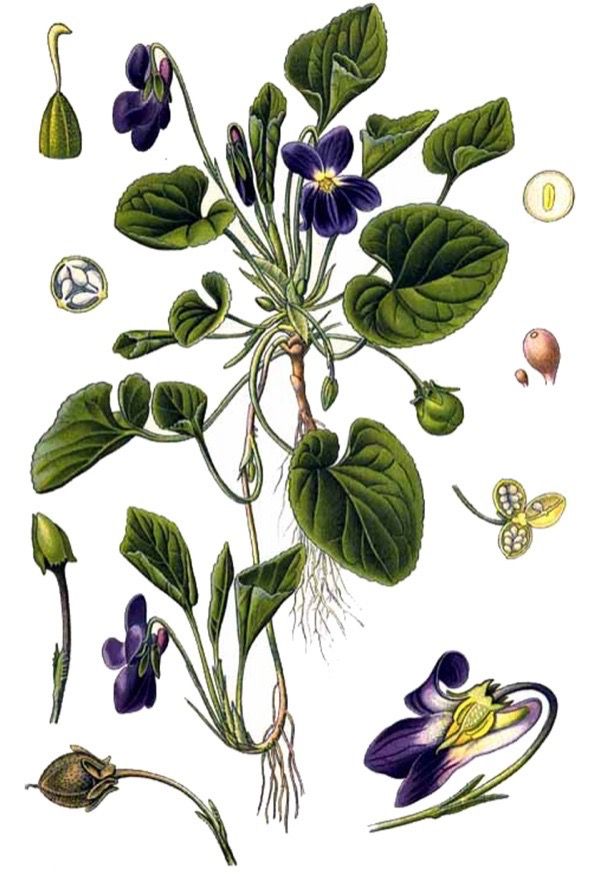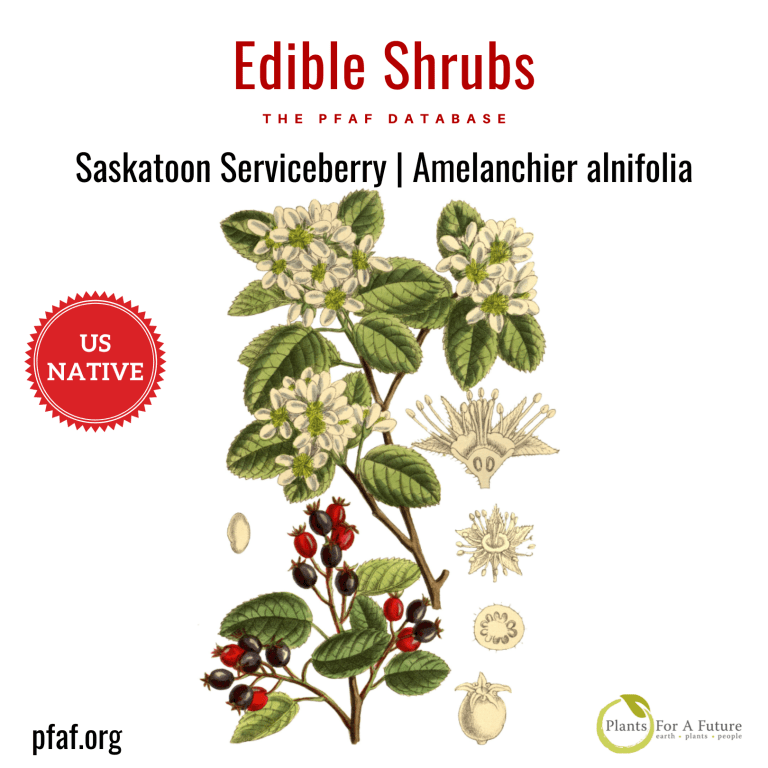A hardy herbaceous flowering perennial with excellent edible and medicinal uses. Young leaves and flower buds are eaten raw or cooked. Usually available all through the winter. The leaves have a very mild flavour, though they soon become quite tough as they grow older. They make a very good salad, their mild flavour enabling them to be used in bulk whilst other stronger-tasting leaves can then be added to give more flavour. When added to soup they thicken it in much the same way as okra. It can also be used as a flavouring in puddings etc. A tea can be made from the leaves. Uncooked flowers can be used to decorate salads and desserts. They have a sweet mild flavour with a delicate perfume, and are an especially welcome decoration for the salad bowl since they are available in late winter. The flowers are also used fresh to flavour and colour confectionery. A soothing tea can be made from the leaves and flowers. A leaf extract is used to flavour sweets, baked goods and ice cream.
Sweet violet has a long and proven history of medicinal folk use, especially in the treatment whooping cough. It also contains salicylic acid, which is used to make aspirin. It is therefore effective in the treatment of headaches, migraine and insomnia. The whole plant is anti-inflammatory, diaphoretic, diuretic, emollient, expectorant, and laxative. It is taken internally in the treatment of bronchitis, respiratory catarrh, coughs, and asthma. Externally, it is used to treat mouth and throat infections. The plant can either be used fresh, or harvested when it comes into flower and then be dried for later use. The flowers are demulcent and emollient. They are used in the treatment of biliousness and lung troubles. The roots produce a much stronger expectorant than other parts of the plant, but they also contain the alkaloid violine which at higher doses is strongly emetic and purgative. Roots are gathered in the autumn and dried for later use. The seeds are diuretic and purgative. They have been used in the treatment of urinary complaints are considered to be a good remedy for gravel. A homeopathic remedy is made from the whole fresh plant. It is considered useful in the treatment of spasmodic coughs and rheumatism of the wrist. An essential oil from the flowers is used in aromatherapy in the treatment of bronchial complaints, exhaustion and skin complaints.
An essential oil from the flowers and leaves is used in perfumery. (1000kg of leaves produces about 300-400g absolute.) The flowers are used to flavour breath fresheners. A pigment extracted from the flowers is used as a litmus to test for acids and alkalines. Plants can be grown as an effective weed-excluding cover when spaced about 30cm apart each way.
Succeeds in most soils but prefers a cool moist well-drained humus-rich soil in partial or dappled shade, and protection from scorching winds. When grown in the open it prefers a moderately heavy rich soil. Plants can do well in a hot dry sunny position and tolerate sandstone and limestone soils. Plants are hardy to about -20°C. Sweet violets are very ornamental plants, there are many named varieties. They produce their delicately scented flowers in late winter and early spring – these are designed for fertilisation by bees and since there are few bees around at this time of year these flowers seldom set seed. However, the plants also produce a second type of flower later in the year. These never open, but seed is produced within them by self-fertilization. The plants will often self-sow freely when well-sited. They can also spread fairly rapidly at the roots when they are growing well. Responds well to an annual replanting in rich loose leafy soils. All members of this genus have more or less edible leaves and flower buds, though those species with yellow flowers can cause diarrhoea if eaten in large quantities. Special Features: Edible, Not North American native, Invasive, Naturalizing, Suitable for cut flowers, Extended bloom season in Zones 9A and above, Fragrant flowers.
Seed are best sown in the autumn in a cold frame. The seed requires a period of cold stratification and the germination of stored seed can be erratic. Prick out the seedlings into individual pots when they are large enough to handle and plant them out in the summer. Division can be undertaken in the autumn or just after flowering. Larger divisions can be planted out direct into their permanent positions, though it is best to pot up smaller divisions and place them on in light shade in a greenhouse or cold frame until they are growing away well. Plant them out in the summer or the following spring.
Sweet Violet, English Violet, Garden Violet, Sweet Violet, Florist’s Violet.
Viola odorata
Family: Violaceae
Known Hazards: May cause vomiting. Possible additive effect with laxatives.
Natural Habitats: Fields, hedgerows and woodlands, especially on calcareous soils.
Natural Range: Europe, including Britain, from Norway south and east to N. Africa, W. Asia and Syria.
Hardiness Zones: USDA 4-8. UK 5. Not frost tender.
Size: growing to 0.1m (4in) by 0.5m (1ft 8in) at a fast rate.
Growth: F
Soil: light (sandy), medium (loamy) and heavy (clay) soils and prefers well-drained moist soil.
Soil pH: acid, neutral and basic (alkaline) soils.
Light: It can grow in semi-shade (light woodland) or no shade.
Constituents: alkaloids, anthrocyanin pigments, dye, essential oil, flavonoids, glycosides, salicylic acid, saponins
Vitamin: A, C
Edibility Rating: 5
Medicinal Rating: 3
Landscape Uses: Alpine garden, Border, Container, Ground cover, Massing, Rock garden, Woodland garden.
Forest/Woodland Garden: Herbaceous Layer, Groundcover Layer, Forest/Woodland Garden Edge


Database entry https://pfaf.org/user/plant.aspx?LatinName=Viola+odorata







